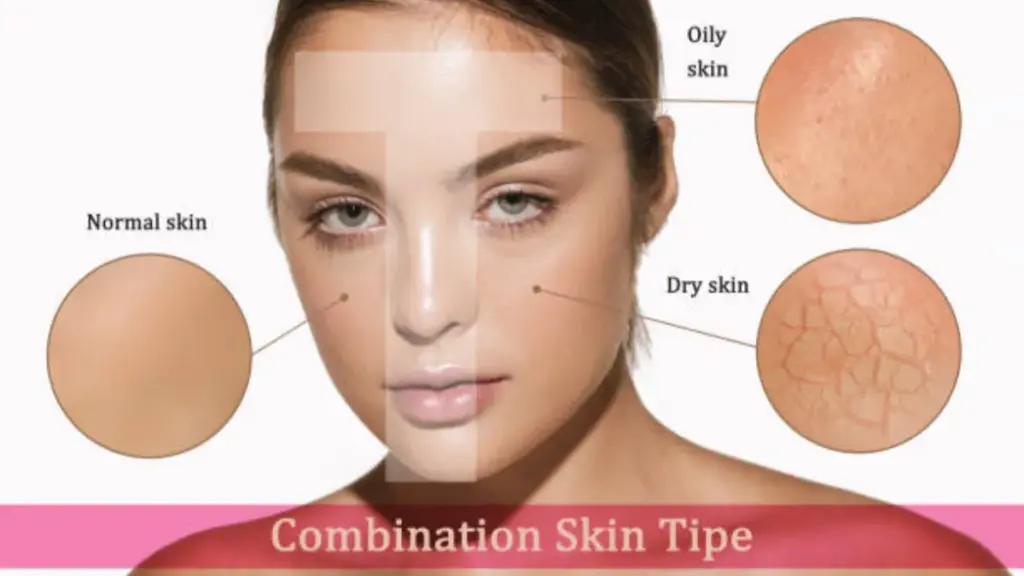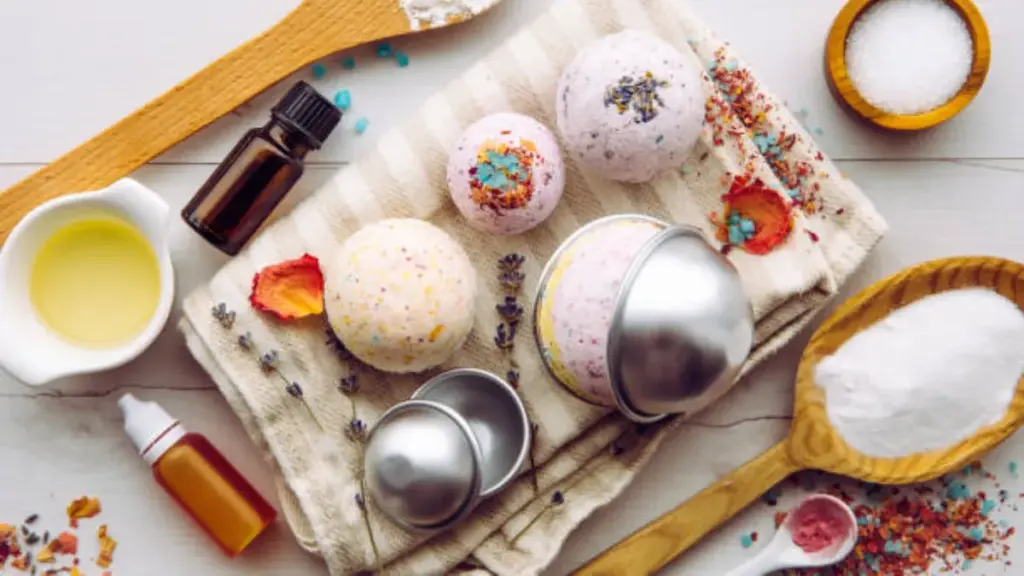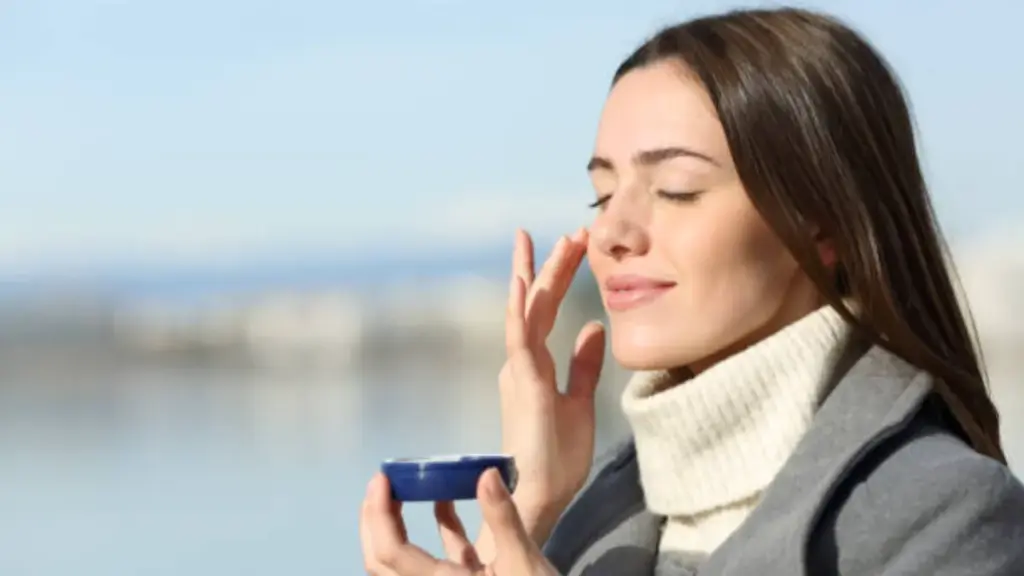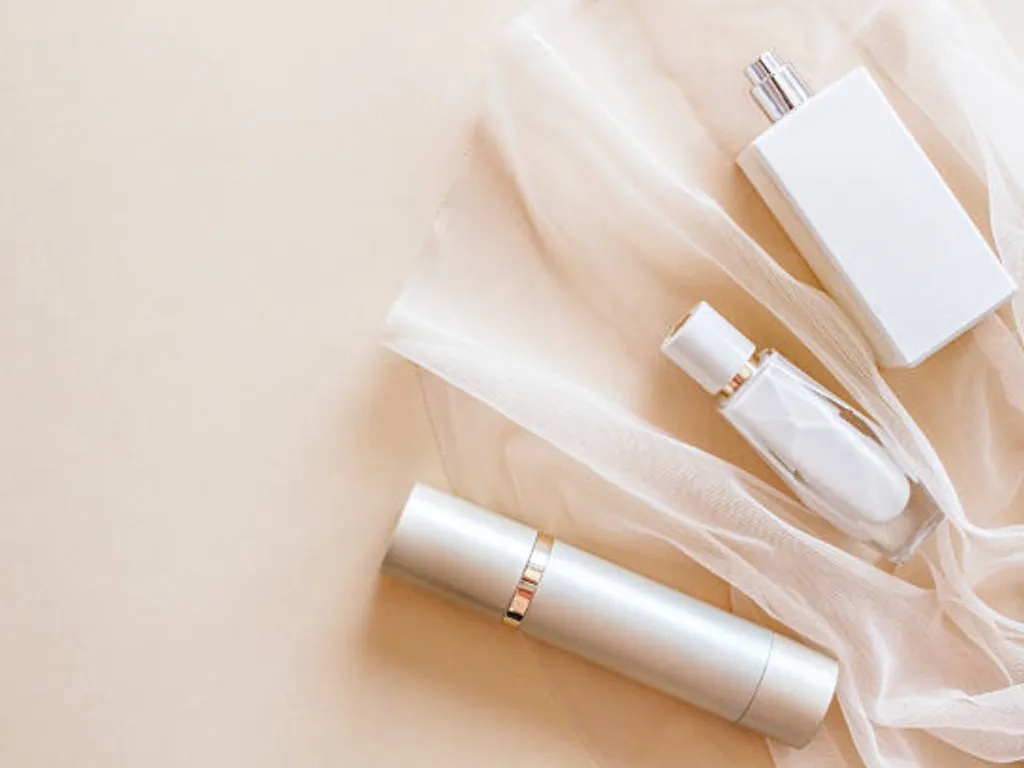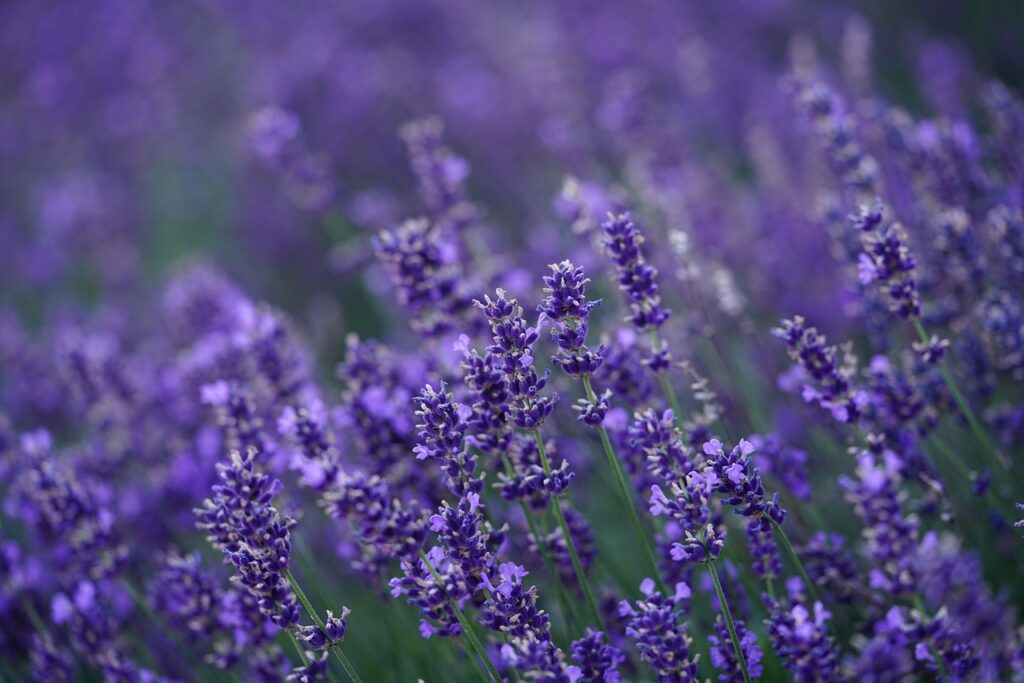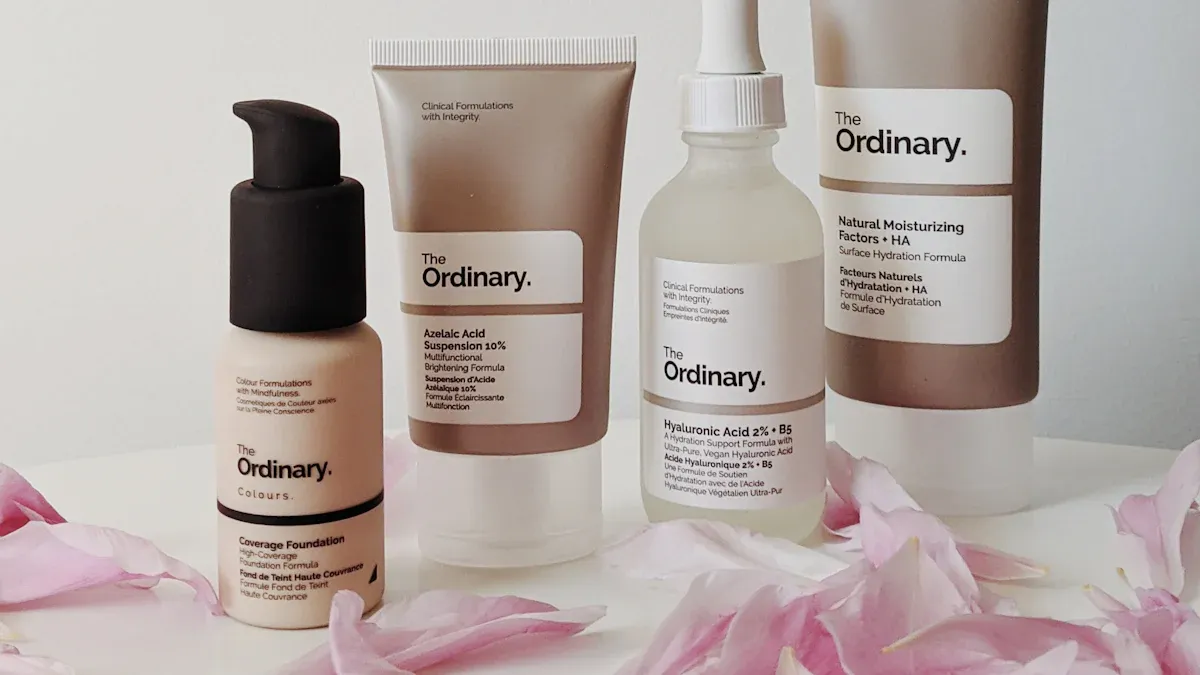
The beauty industry is more than just products; it’s a reflection of diverse cultures and values. If you want your beauty line to thrive globally, you need to understand the unique preferences of each market. What works in one country might not appeal to another. By adapting to cultural differences, you don’t just sell products—you build trust and loyalty. When you embrace cultural sensitivity, you unlock the potential to connect with your audience on a deeper level.
Researching Cultural Preferences
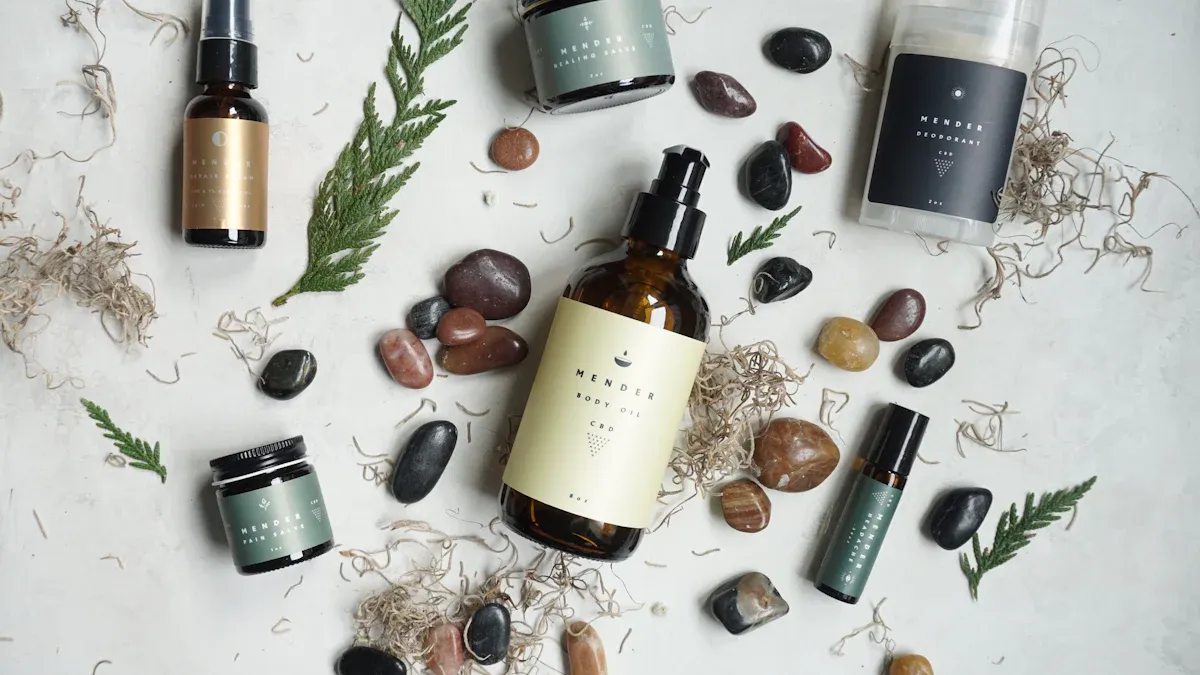
Understanding cultural preferences is the foundation of tailoring your beauty line for global markets. By diving into the habits, values, and expectations of your target audience, you can create products that resonate deeply with them. Let’s explore how you can uncover these insights.
Conducting Market Research
Market research is your first step to understanding what customers want. Start by analyzing trends in different regions. For example, in the United States, clean beauty and eco-friendly products are in high demand. Meanwhile, in India, consumers lean toward ayurvedic and herbal options. The Asia Pacific region, with its young population, is heavily influenced by social media and celebrity culture.
Here’s a quick look at key trends across regions:
Region | Key Trends |
|---|---|
United States | Shift towards clean beauty, demand for eco-friendly products, influence of social media on marketing. |
Asia Pacific | Dominance in market share, influence of young population and social media on beauty standards. |
India | Rapid growth in cosmetics market, preference for ayurvedic and herbal products. |
China | Competitive market with a focus on herbal and natural products, driven by urbanization. |
Germany | High demand for quality skincare, preference for natural and organic products. |
United Kingdom | Growth in organic beauty products, increasing consumer awareness of sustainability. |
France | Leading market for luxury products, strong preference for high-quality skincare and cosmetics. |
Using Focus Groups and Surveys
Focus groups and surveys help you dig deeper into consumer behavior. They reveal how people feel about your products and what they expect from your brand. For instance, studies show that 75% of consumers want personalized experiences, while 56% value authenticity in brands. These tools also highlight cultural nuances. For example, beauty for Hispanic consumers often ties to self-confidence and cultural identity. By listening to your audience, you can align your products with their values.
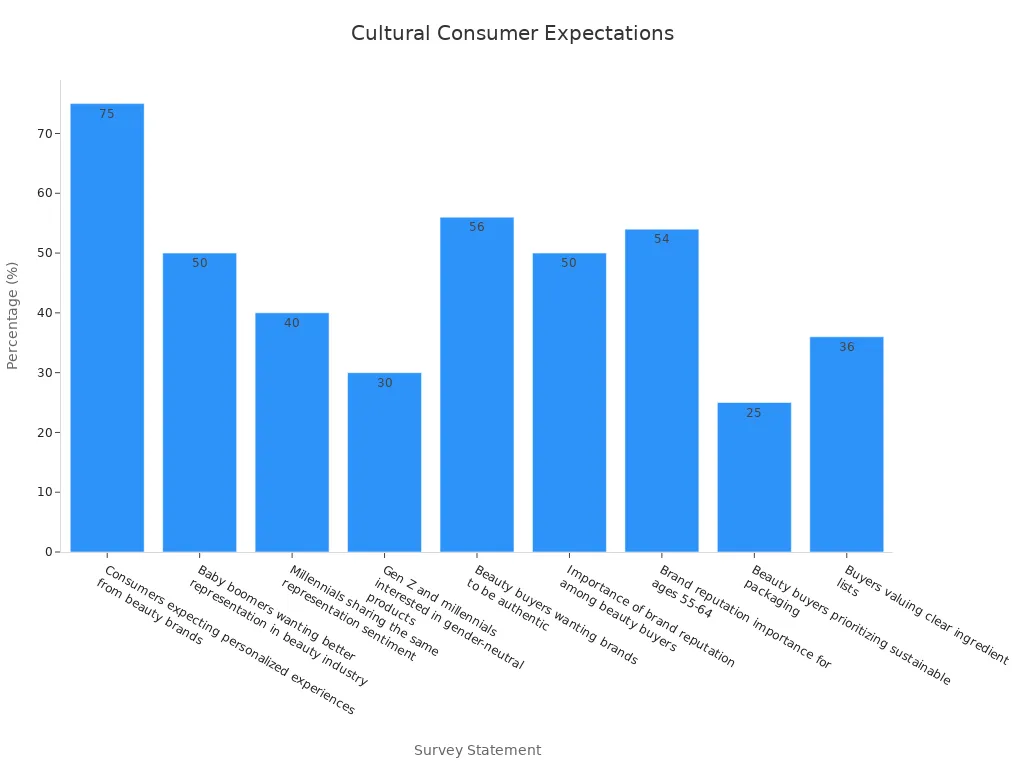
Analyzing Competitors in the Target Market
Competitor analysis is another essential step. Look at what local and international brands are doing in your target market. Are they focusing on natural ingredients? Do they emphasize sustainability? By studying their strategies, you can identify gaps and opportunities. For example, if most competitors offer vegan products, you might consider adding cruelty-free options to stand out. This approach ensures your beauty line stays relevant and competitive.
Localizing Your Beauty Line
When you’re entering a new market, localization is the key to making your beauty line feel like it belongs. It’s not just about translating labels or tweaking packaging—it’s about creating products and messages that truly resonate with local audiences. Let’s dive into how you can make your beauty line culturally relevant while staying true to your brand.
Adapting Product Formulations
Every culture has its own beauty rituals and ingredient preferences. To win over customers, you need to adapt your formulations to meet their expectations. For example, in regions like India and China, natural and herbal ingredients are highly valued. Meanwhile, in Europe, there’s a growing demand for organic and eco-friendly products.
Here’s a quick look at how ingredient preferences vary across cultures:
Evidence Type | Description |
|---|---|
Implicit-Explicit Approach | Understanding both conscious and subconscious preferences is essential. |
Localized Influence | Ingredient choices are shaped by cultural attitudes and local narratives. |
Example of Stevia | Acceptance of ingredients like stevia varies by region and cultural context. |
By tailoring your formulations, you show customers that you understand their needs. For instance, L’Oréal successfully entered the Chinese market by creating products for pollution-prone skin. This strategy helped them grow their market share significantly. Similarly, Unilever developed inclusive beauty products for Africa, capturing a large audience by addressing their unique needs.
Transcreating Marketing Content
Marketing isn’t just about words—it’s about emotions. Transcreation goes beyond translation by adapting your message to fit the cultural context. This approach ensures your campaigns connect with local audiences on a deeper level.
To get started, research your target audience’s communication styles and preferences. Collaborate with native experts who understand the culture inside out. For example, Estée Lauder partnered with Bollywood influencers to create campaigns that resonated with Indian consumers. This strategy boosted their online sales and made India one of their fastest-growing markets.
Here are some best practices for effective transcreation:
Be creative and flexible to adapt your content.
Respect your brand identity while ensuring cultural relevance.
Test and measure the effectiveness of your campaigns.
Remember, the goal is to create an emotional connection. When your audience feels understood, they’re more likely to engage with your brand.
Balancing Localization with Brand Identity
While localization is crucial, you don’t want to lose sight of your brand’s core identity. Striking the right balance ensures your beauty line feels authentic yet adaptable.
Take L’Oréal in Japan, for example. They shifted their focus from makeup to skincare to align with local values while maintaining their global identity. Similarly, Dove’s #RambutAkuKataAku campaign in Indonesia celebrated self-expression while respecting cultural modesty. These examples show that you can adapt to local markets without compromising your brand’s essence.
Here are some strategies to maintain this balance:
Partner with local businesses to enhance community presence.
Participate in local events to show your commitment to the community.
By blending localization with your brand’s unique voice, you can create a beauty line that feels both familiar and fresh to your audience.
Ensuring Regulatory Compliance
Expanding your beauty line into new markets means navigating a maze of regulations. Staying compliant isn’t just about following the rules—it’s about protecting your brand’s reputation and building trust with your customers. Let’s break it down step by step.
Understanding Ingredient Restrictions
Every region has its own rules about what can and can’t go into beauty products. For example:
The European Union and the United States have different ingredient restrictions and labeling requirements.
Japan and South Korea regulate functional cosmetics with unique standards.
The FDA provides guidelines on prohibited and restricted ingredients in the U.S., while the EU’s Cosmetics Regulation includes annexes listing banned substances.
You’ll need to ensure your formulations meet these requirements. Ignoring them can lead to costly mistakes. Did you know compliance checks during R&D can speed up your time-to-market by 40%? It’s worth the effort to get it right from the start.
Meeting Marketing and Labeling Standards
Marketing and labeling rules vary widely across cultures. Some countries require detailed ingredient lists, while others focus on claims like “organic” or “cruelty-free.” Localization is key here. Adapting your marketing to fit local norms ensures your message resonates.
Mário Costa, a marketing expert, once said: “Having a global strategy when you work in so many different markets is key. Without some high-quality standardization, you lose the identity, experience, and sense of belonging to your brand.”
Balancing standardization with localization is tricky but essential. For example, Nordic countries’ inclusive culture might call for gender-neutral marketing, while other regions may prioritize traditional beauty ideals. Tailoring your approach ensures your beauty line feels relevant everywhere.
Staying Updated on Regulatory Changes
Regulations aren’t static—they evolve. Staying informed is crucial to avoid compliance issues. Here are some resources to help:
Resource Type | Description |
|---|---|
Groups like the Personal Care Products Council (PCPC) provide updates and guidance on compliance. | |
Regulatory Intelligence Platforms | Subscriptions to platforms like ChemLinked offer real-time updates on regulatory changes. |
News Aggregators | Tools like Google Alerts help you monitor legislative developments in the beauty industry. |
By keeping up with these changes, you can adapt quickly and maintain your competitive edge. Compliance isn’t just a box to check—it’s a way to show your customers you care about their safety and well-being.
Marketing Strategies for Cultural Relevance
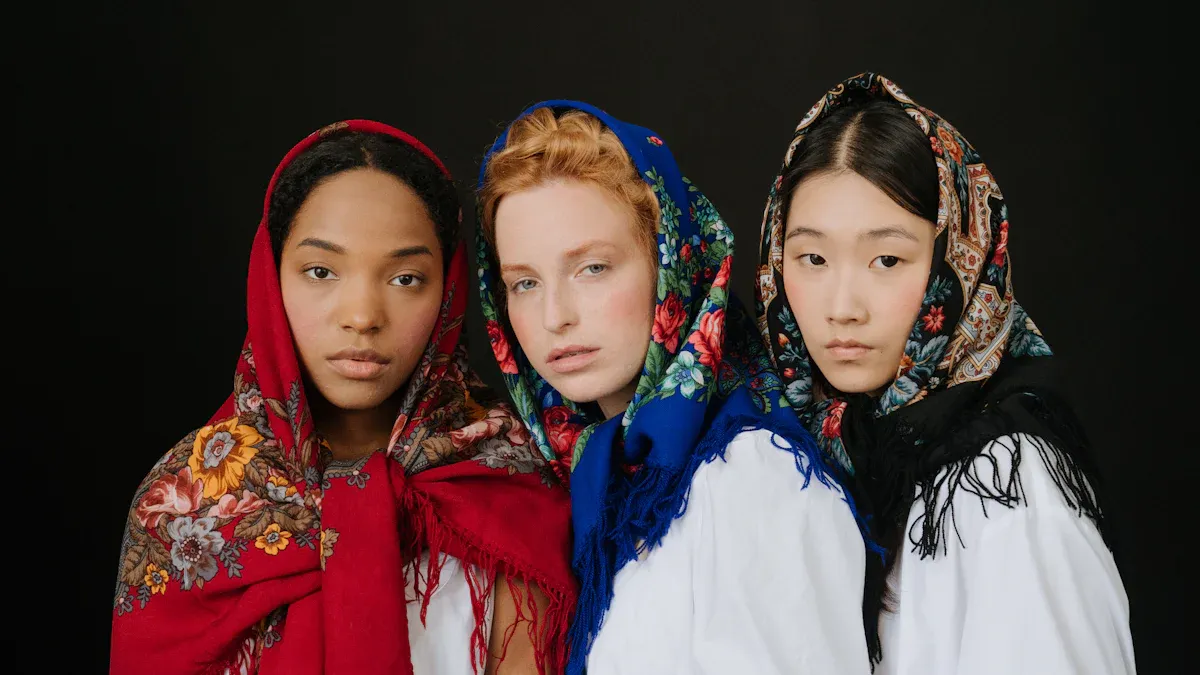
Multilingual SEO for Beauty Brands
If you want your beauty line to stand out globally, multilingual SEO is a game-changer. It’s not just about translating your website; it’s about optimizing it for different languages and cultures. When you deliver content in your audience’s preferred language, you make them feel seen and valued. This simple step can lead to higher engagement and even lower bounce rates.
For example, websites that offer localized content often see users spending more time exploring their pages. Why? Because people connect better with content that feels familiar. Imagine a customer in France searching for skincare tips and finding your blog written in flawless French. They’re more likely to trust your brand and stick around.
To get started, focus on these essentials:
Use localized keywords that match how people search in their region.
Optimize meta descriptions and titles for each language.
Align your content with regional events or trends to boost relevance.
By investing in multilingual SEO, you’re not just improving your search rankings—you’re building a bridge to your audience’s hearts.
Running Culturally Tailored PPC Campaigns
Pay-per-click (PPC) campaigns are a powerful way to reach your audience, but a one-size-fits-all approach won’t cut it. Tailoring your ads to resonate with local aesthetics and values can make all the difference. Think about it: an ad that feels relatable is far more likely to grab attention and drive clicks.
Start by developing ad creatives that reflect the culture you’re targeting. For instance, in Japan, minimalistic designs with soft colors often perform better, while bold and vibrant visuals might resonate more in Brazil. Use localized keywords and phrases to ensure your ads feel authentic.
Here’s why this works:
Ads that align with local preferences see higher engagement and conversion rates.
Culturally relevant campaigns foster trust and make your brand memorable.
Procter & Gamble’s #WeSeeEqual campaign is a great example. By addressing cultural values around equality, they saw a 15% increase in brand preference. Similarly, L’Oréal’s culturally informed metrics helped them achieve a 30% sales boost in Asia. These results show that understanding your audience’s culture isn’t just nice—it’s necessary.
Engaging Local Audiences on Social Media
Social media is where your beauty line can truly shine. It’s not just about posting pretty pictures; it’s about creating meaningful connections with your audience. To do this, you need to meet them where they are—both literally and culturally.
One way to engage local audiences is through shoppable posts. These posts let users buy products directly from your social media page, simplifying their journey. Live shopping events are another hit. They allow real-time interaction, making the shopping experience fun and personal.
Here’s a quick look at strategies that work:
Strategy | Description |
|---|---|
Shoppable Posts | Direct links to products on social media simplify the customer journey. |
Live Shopping Events | Interactive livestreams enhance the shopping experience by allowing real-time engagement. |
Influencer Collaborations | Partnerships with influencers drive massive engagement and expand reach. |
Community Involvement | Engaging the audience through polls and questions fosters a sense of belonging and loyalty. |
Educational Content | Tutorials and ingredient breakdowns empower customers to make informed choices. |
Exclusive Drops | Announcing product launches on social media creates urgency and excitement among followers. |
Interactive Q&A | Live sessions build trust and credibility with the audience. |
Virtual Try-Ons | Augmented reality tools allow customers to try products before purchasing, enhancing engagement. |
Flash Sales | Timed discounts create urgency and encourage immediate purchases. |
Creative Reels | Short, engaging video content attracts attention and boosts sales. |
Collaborating with local influencers can also amplify your reach. Influencers already have the trust of their followers, so their endorsement can work wonders for your brand. Educational content, like tutorials or ingredient breakdowns, is another way to connect. It empowers your audience to make informed choices, building trust along the way.
When you engage authentically, your audience doesn’t just see your brand—they feel it. And that’s how you turn followers into loyal customers.
Collaborating with Experts
When expanding your beauty line globally, you don’t have to do it alone. Partnering with experts can make the process smoother and more effective. From localization professionals to influencers and regulatory specialists, these collaborations can help you navigate cultural nuances, build trust, and ensure compliance.
Partnering with Localization Professionals
Localization professionals are your go-to experts for adapting your brand to new markets. They don’t just translate your content—they tailor it to fit the cultural context. This ensures your message resonates with local audiences. For example, they can help you adjust product names, packaging, and even marketing campaigns to align with cultural preferences.
Here’s why working with them matters:
They ensure your branding feels authentic in every market.
They help you avoid cultural missteps that could harm your reputation.
They enhance consumer trust by making your brand relatable.
By collaborating with these professionals, you show your audience that you value their culture and preferences.
Working with Local Influencers
Local influencers are powerful allies for building your brand’s presence. They already have the trust of their followers, which makes their endorsements highly effective. When they promote your products, it feels like a recommendation from a friend.
Here’s how they can help:
They boost your visibility by reaching a concentrated local audience.
Their followers engage more with their content, leading to meaningful interactions.
Their storytelling humanizes your brand, making it more relatable.
Did you know nearly 90% of consumers trust recommendations from familiar sources? That’s why influencer partnerships work so well. They don’t just drive sales—they also foster a sense of community around your brand.
Consulting Regulatory and Marketing Specialists
Navigating international regulations can be tricky, but regulatory specialists make it easier. They help you comply with ingredient restrictions, labeling standards, and marketing rules. This protects your brand from legal issues and builds credibility with consumers.
Transparency is key. Over 60% of consumers expect brands to disclose product ingredients and sourcing practices. Consulting specialists ensures you meet these expectations while staying compliant. They also help you adapt to evolving regulations, which is crucial for maintaining your market presence.
By working with these experts, you can focus on growing your brand while they handle the complexities of compliance and marketing. It’s a win-win for your business and your customers.
Leveraging Oully’s Expertise
Custom Formulation and Packaging Design
When it comes to creating a beauty line that stands out, customization is key. Oully specializes in custom formulations that cater to the unique needs of different markets. Whether it’s developing skincare for pollution-prone regions or crafting hair care products for specific textures, Oully helps you design solutions that resonate with your audience.
Packaging also plays a huge role in how your products are perceived. Oully offers innovative packaging designs that align with cultural preferences and sustainability goals. For example:
Buxton reduced plastic use by 25% with ergonomic bottle designs.
Volvic introduced 100% recyclable bottles made from sugarcane waste.
Snact created compostable packaging that decomposes at home.
These examples show how thoughtful design can meet consumer demands while supporting the environment. With Oully’s expertise, you can create products that look good, feel good, and do good.
Flexible Manufacturing and Dropshipping Solutions
Expanding your beauty line globally requires flexibility. Oully’s manufacturing solutions are designed to adapt to your needs. Whether you’re launching a small batch or scaling up for a major market, their low minimum order quantities (MOQs) and fast production turnaround make it easy to bring your vision to life.
Dropshipping is another game-changer. Oully’s reliable dropshipping services let you reach customers worldwide without worrying about inventory or shipping logistics. This means you can focus on growing your brand while Oully handles the rest. It’s a hassle-free way to expand your reach and boost your sales.
Supporting Sustainable and Inclusive Practices
Sustainability and inclusivity aren’t just trends—they’re essential for modern beauty brands. Consumers increasingly prioritize eco-friendly products and inclusive practices when making purchasing decisions. Oully helps you stay ahead by offering sustainable solutions, from biodegradable packaging to ethically sourced ingredients.
Inclusivity also drives growth. Underrepresented groups, like the LGBTQ+ community and people with disabilities, hold trillions in buying power. Brands that embrace inclusivity see significant financial success. Dove, for instance, achieved its highest sales growth in over a decade by focusing on inclusive campaigns.
By partnering with Oully, you can align your beauty line with these values. This not only strengthens your brand but also builds trust and loyalty among diverse audiences.
Cultural adaptation is the cornerstone of global success in the beauty industry. By understanding and respecting diverse preferences, you can create a beauty line that resonates with audiences worldwide. This approach not only builds trust but also strengthens customer loyalty.
To get started, focus on three key steps: research cultural preferences, localize your products, and collaborate with experts. These strategies ensure your brand stays relevant and competitive in any market.
Here’s how cultural adaptation impacts success:
Metric | Impact on Global Success in Beauty Industry |
|---|---|
Customer Engagement | Influencers create authentic content that builds trust and drives sales. |
Conversion Rates | Metrics like conversion rates are crucial for assessing the effectiveness of marketing strategies. |
Market Share | As non-western countries gain purchasing power, brands must adapt to diverse cultural preferences. |
Social Media Influence | Majority of beauty content consumed comes from influencers, indicating the importance of social proof. |
Demand for Sustainable Products | Millennials show a strong preference for eco-friendly products, influencing brand strategies. |
When you embrace cultural sensitivity, you’re not just selling products—you’re creating meaningful connections. This adaptability helps you build a strong, inclusive brand that thrives in today’s diverse world.
FAQ
What does it mean to “localize” a beauty product?
Localization means adapting your product to fit the cultural, linguistic, and regulatory needs of a specific market. This could involve changing ingredients, packaging, or marketing strategies to align with local preferences and values.
How do I find out what ingredients are popular in a specific culture?
Start with market research and competitor analysis. You can also use focus groups or surveys to gather insights directly from your target audience. Partnering with local experts can provide valuable guidance on ingredient trends.
Do I need to change my brand identity for every market?
Not at all! The goal is to balance localization with your core identity. Adapt your products and messaging to resonate with local audiences while staying true to your brand’s values and mission.
How can I ensure my beauty line complies with international regulations?
Work with regulatory specialists who understand the rules in your target markets. They’ll help you navigate ingredient restrictions, labeling standards, and marketing guidelines to avoid compliance issues.
Why is cultural adaptation important for beauty brands?
Cultural adaptation builds trust and loyalty. When customers see that your brand respects their values and preferences, they’re more likely to engage with your products. It’s a key step in creating a globally successful beauty line.

